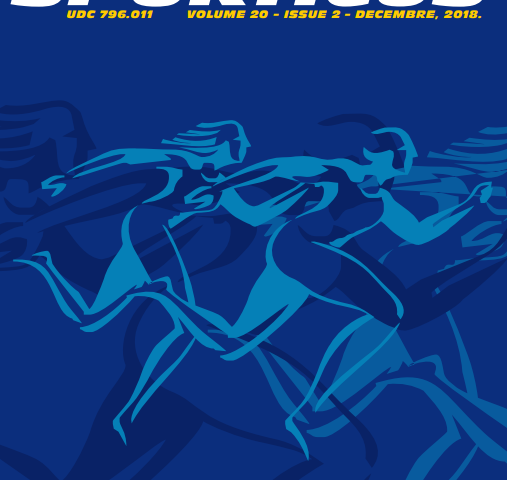Abstract
The aim of this study was directed towards presenting the model of objective evaluation in performing elements of gymnastics as well as presenting the models’ appropriate positive results applicable in practice. As a part of sport and physical education teaching curriculum, sometimes it is impossible to measure learners’ motor skills by measuring instruments. When this happens we take another approach in differentiating successfulness of performing certain elements based on teacher’s belief. This is a complex task for any teacher considering that in a short time it is necessary to disclose a great number of data resulting from a subject’s performance. Of course the greater experience of a teacher the greater quality will be in recording this information and evaluating them. A possible favourable circumstance can be defined as a request from a student to repeat certain motor task at least three times, thus allowing the evaluator to complete information on the quality of performed technique. Raising objectivity can be accomplished by introducing the student in evaluation process, the one who performs the given task at the highest level (for example additional two students from school and a teacher). Naturally it is necessary to previously develop an evaluation scale, which will be made available to all the evaluators and students undergoing evaluation. Only under these circumstances, will it be possible to determine a matter-of-fact quality level of performed technique so as to make appropriate student evaluation. The evaluation was performed by applying the acceptable statistical methods and comparing the evaluation made by three competent educators/judges and an individual independent teacher. Finally, using a sample of students aged from 15 to 16, it was determined that the adjustment of evaluation criteria made by the competent educators/judges had an appropriate-positive effect on the evaluation objectivity.


